Here's What Innovations To Expect From Palo Alto Networks In The Coming Months
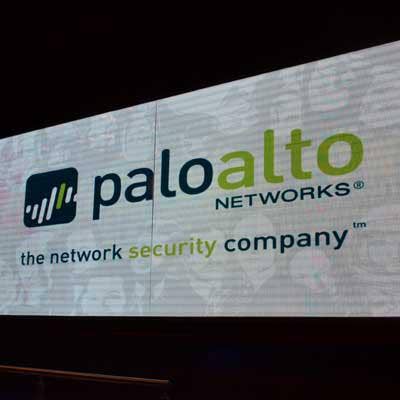
Looking Through The Crystal Ball
Palo Alto Networks is known for being at the forefront of security innovation, and this year's Sales Kick Off gave a taste of the next wave of advancements to come. At the event in Las Vegas last week, Lee Klarich, vice president of product management, had top partners and sales leaders cheering as he took the stage to preview what the company will be rolling out over the next six months around firewalls, cloud, endpoint, applications and threat intelligence to combat the next generation of threats.
"It is our job to be constantly thinking about new ways to prevent new attacks, as they happen more and more frequently with an increasing level of sophistication," Klarich said.
Take a look at what innovations are to come from Palo Alto Networks.

Bigger Is Better
Unveiled at Palo Alto Networks' Sales Kick Off last week, the PA-7080 is a next-generation firewall solution for the data center. Available now, it is targeted at large enterprises and telecommunication service providers. That area is a rapidly growing part of Palo Alto Networks' business, accounting for 50 percent of business in the Americas today, and one that is "underserved" from a security perspective in the market, said Todd Palmer, vice president of Americas channels.
"People spent all their time and money on the perimeter, and not on the data center. Once someone gets into your environment, ... they are going to the data center, because that's where the crown jewels are," Palmer said. "Those opportunities are also 10 times the size [of] on the perimeter."
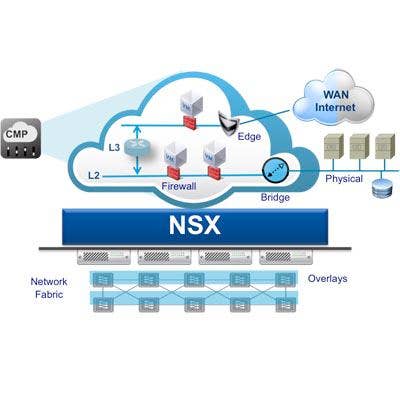
Cloud
Palo Alto Networks has bet big on the cloud, particularly with its partnership with VMware around NSX, and it is starting to pay off.
"This is a great opportunity for all of us to truly be strategic to our customers and help them safety enable this transition to the cloud. ... We're starting to see the very early innings of the business success with this," Klarich said, saying the company has sold "thousands" of VM Series virtualized firewalls so far. "It's quietly become a very big part of our business," he said.
As a result, the company will be investing further in this area and expanding the partnership, he said.
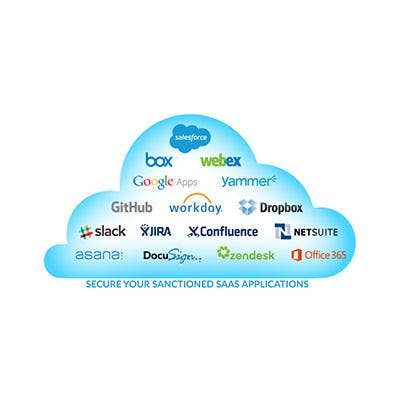
SaaS Applications
While Palo Alto Networks has offered protection for unsanctioned Software-as-a-Service applications in the past, the company is expanding its SaaS application security portfolio to include protections for sanctioned applications. The push is part of the company's acquisition of CirroSecure in May. Using a rich set of APIs, the solution will be deeply integrated with the rest of the Palo Alto Networks portfolio, including network, endpoint and WildFire. The solution is expected to be ready sometime next fall, Klarich said.
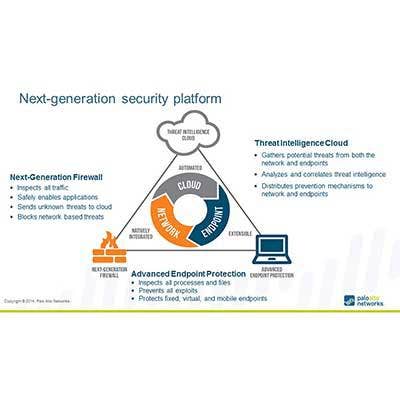
Traps
At last year's Sales Kick Off event, Palo Alto Networks kicked off the release of its Traps endpoint protection solution, and announced this year that it expects to release it for general availability in the coming months. Over the past year, Palo Alto Networks has focused on building deeper integrations with WildFire, prove out the product and learn how best to sell it.
"We're very excited to open this up to you," Klarich said.
The company is also in "very early innings" of adding behavioral analysis to the product as another layer of detection and prevention to complement exploit and malware analysis, Klarich said.
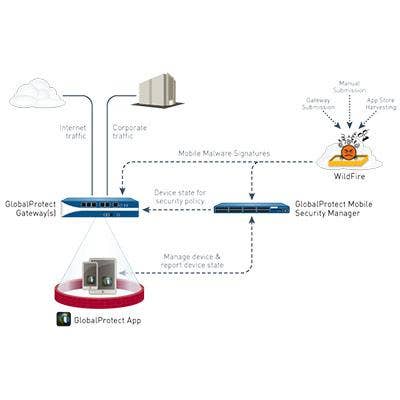
Threat Intelligence
Palo Alto Networks will be adding additional data centers for scalability, SOC Type II compliance for early 2016 certification for data protection and WildFire clouds in other regions around the world for compatibility with regional data laws. The company will also be adding Mac OS X, Windows 10 and bare metal support, Klarich said. Palo Alto Networks will also be adding tighter integration over the next few months with AutoFocus' immense amount of known malware, with early tests showing that the combination of the two solutions plus machine learning will allow the company to recognize more than 99 percent of known malware.